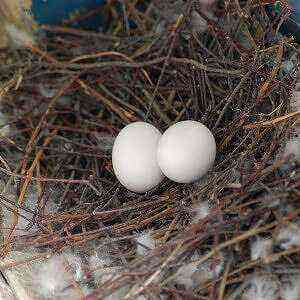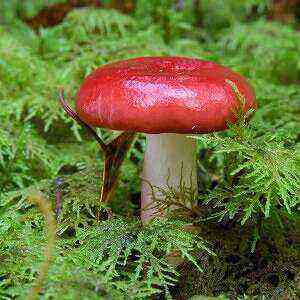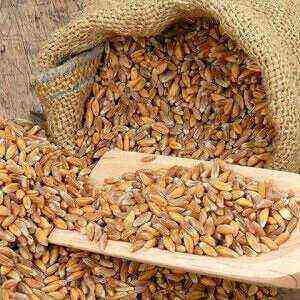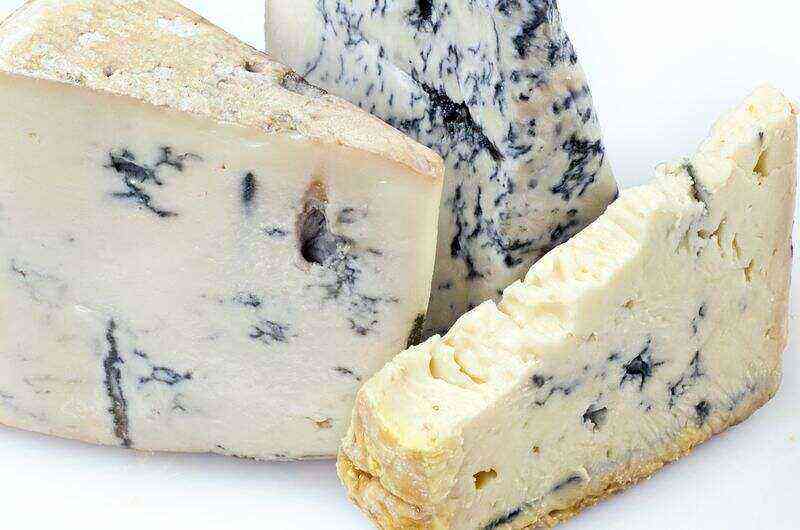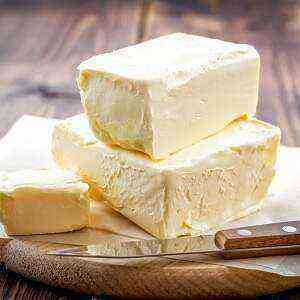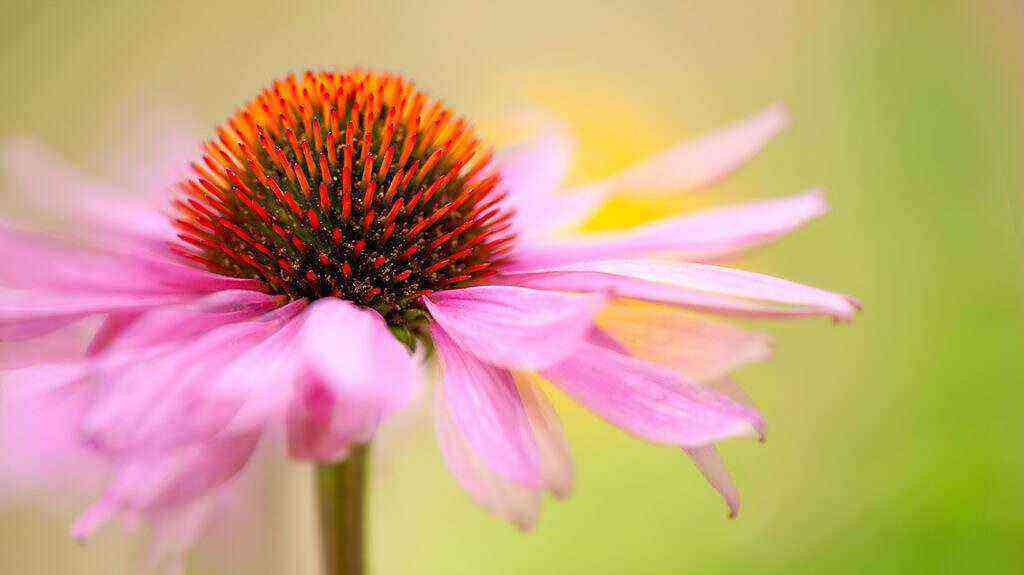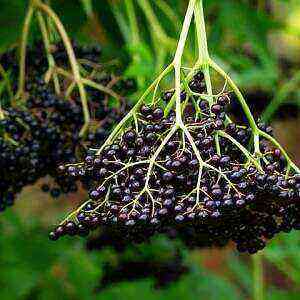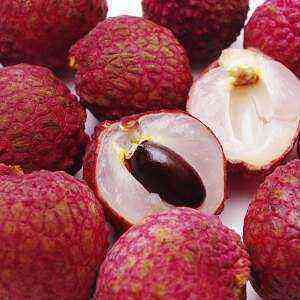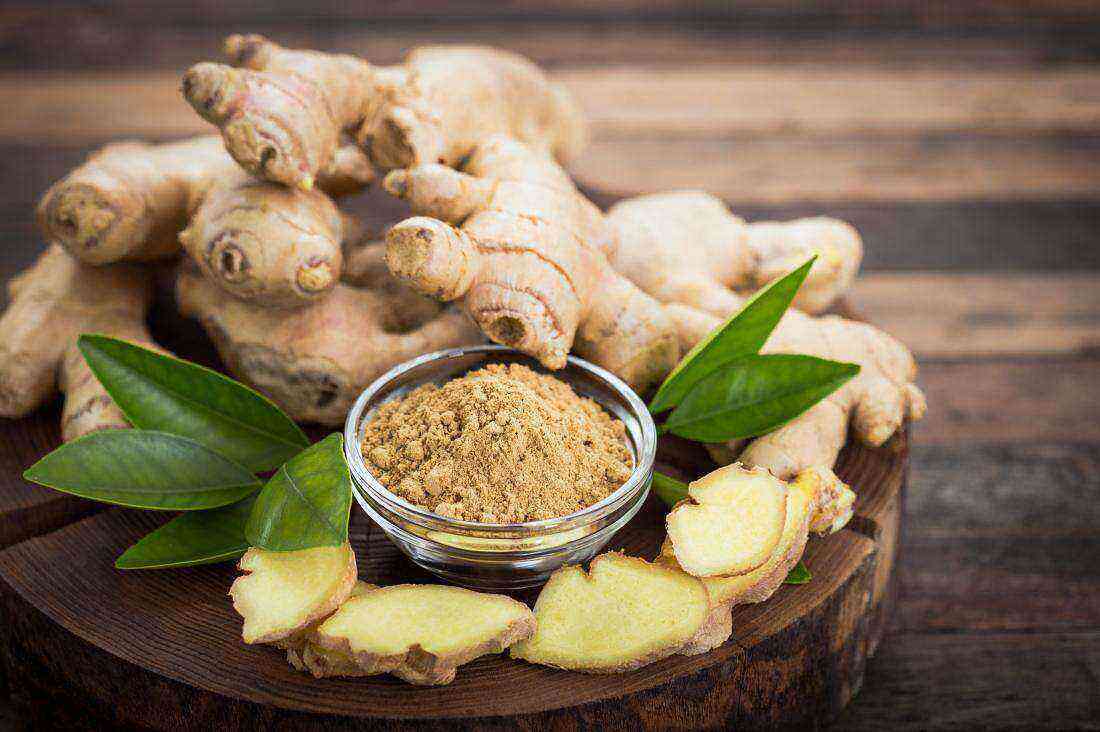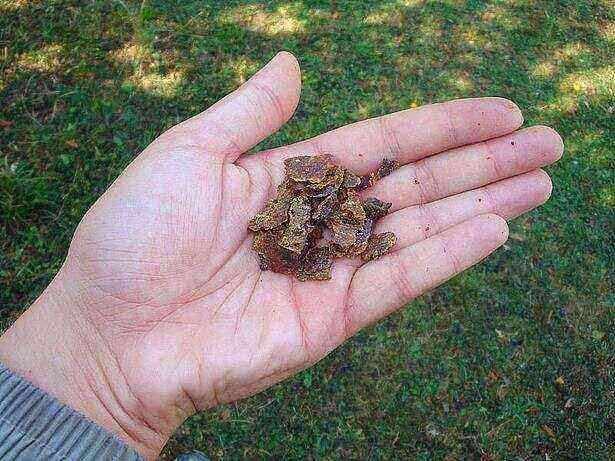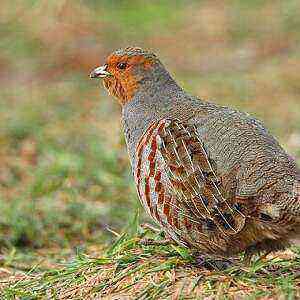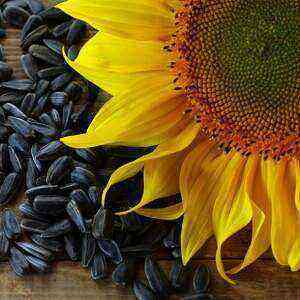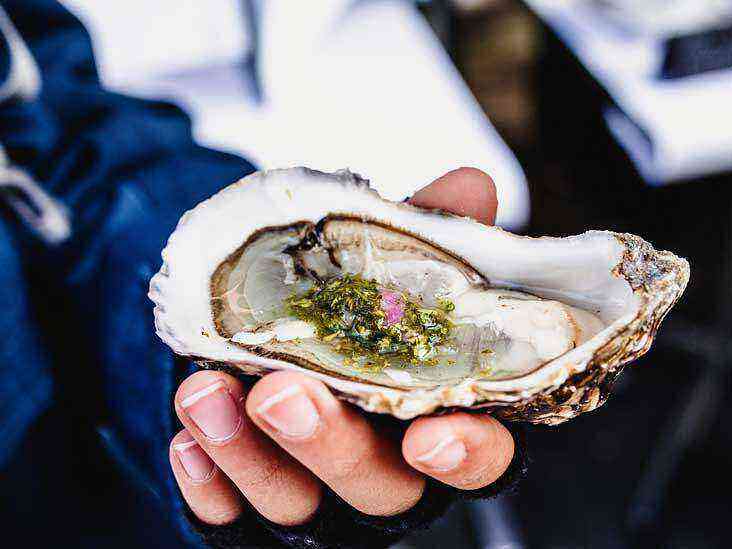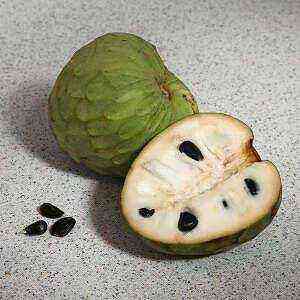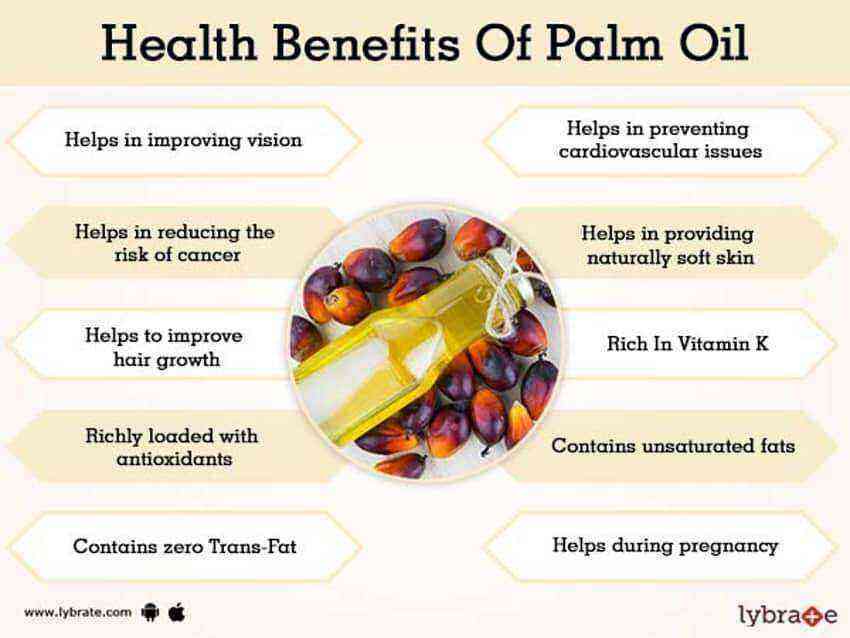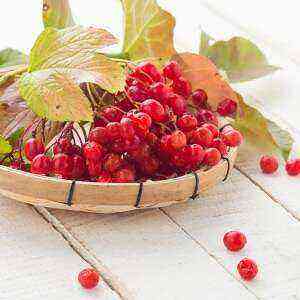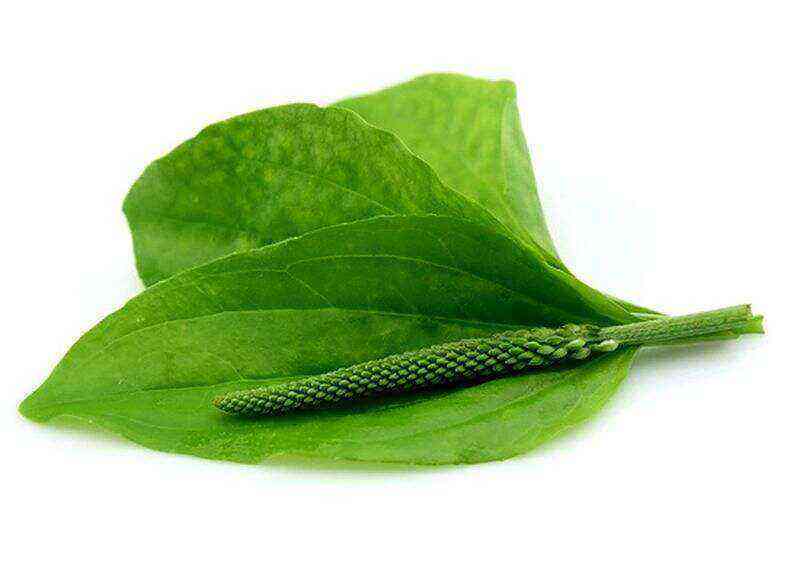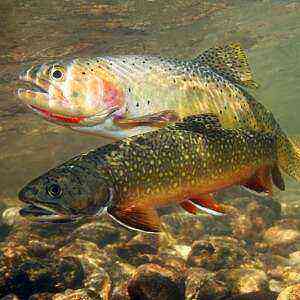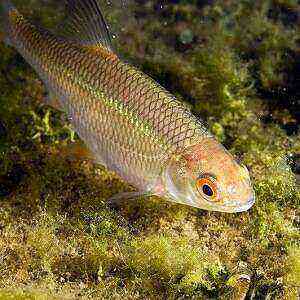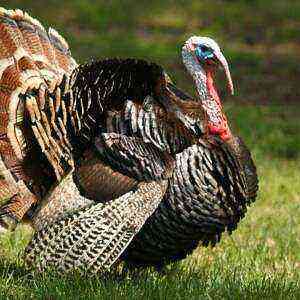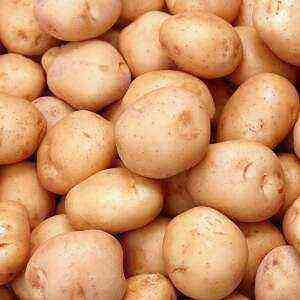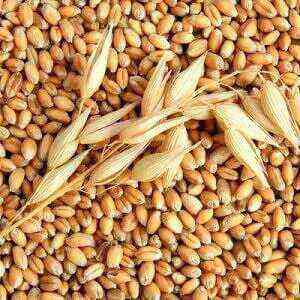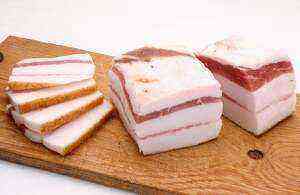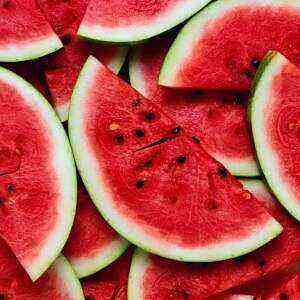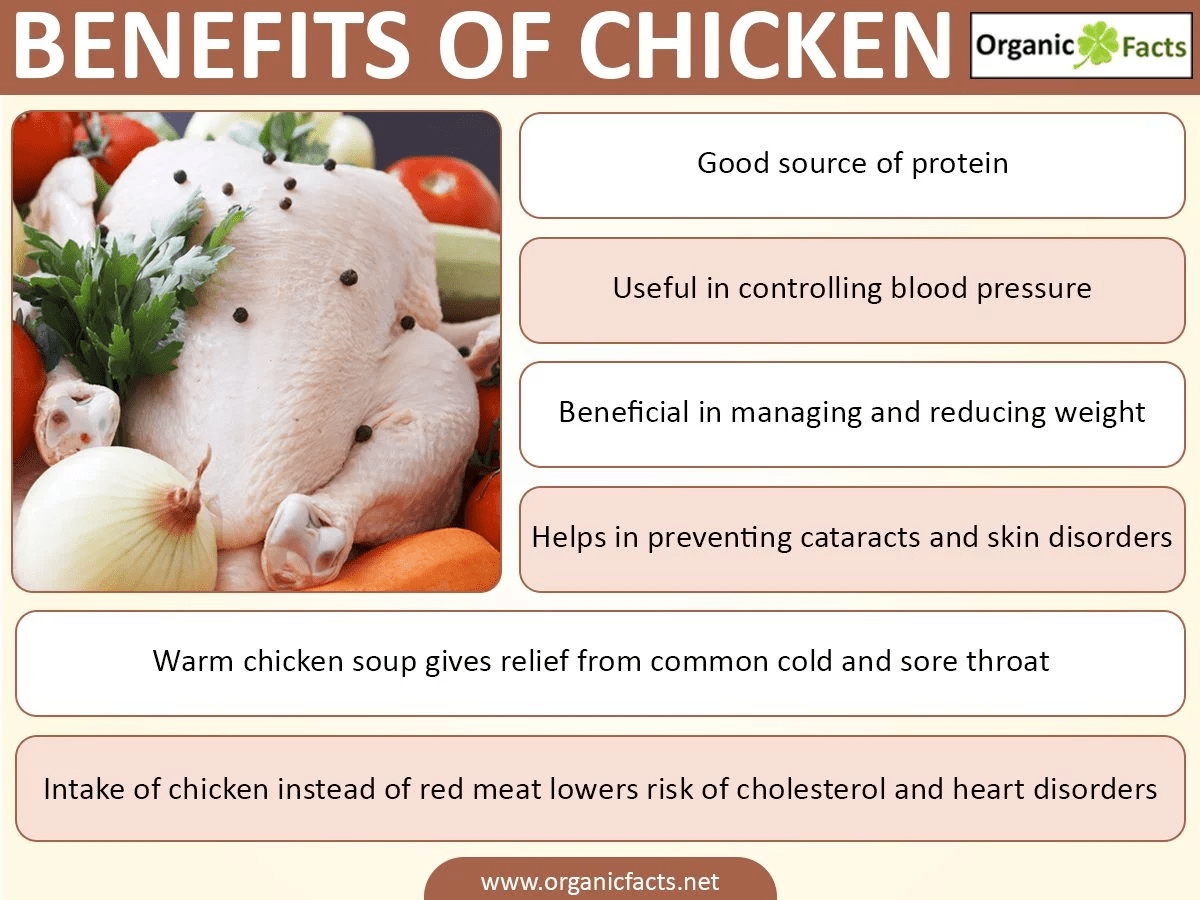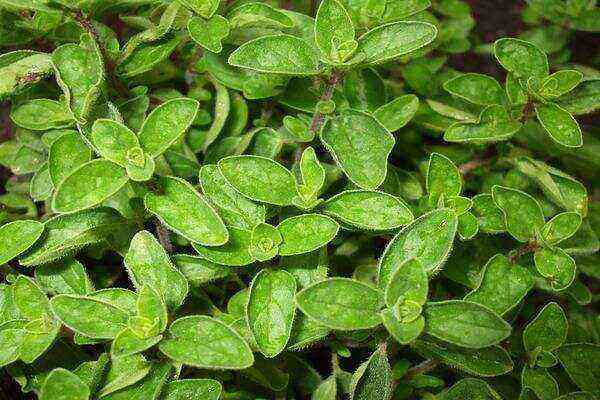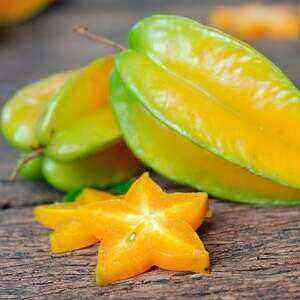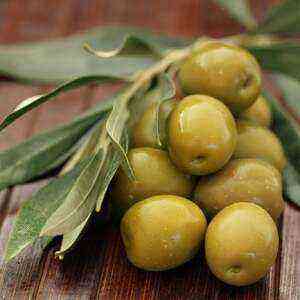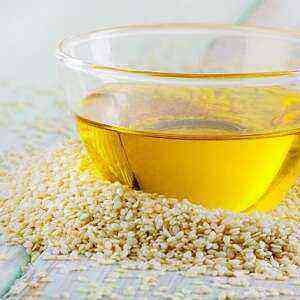
In terms of vitamin C content, “cabbage turnip” is superior to most cruciferous and citrus crops (including cabbage and lemon). In addition to the high nutritional value, the flesh of the stem stalk has a pleasant sweet-nutty taste. In view of this, the product is actively used in cooking.
Overview
The first mentions of kohlrabi were recorded in the XNUMXth century AD. The Romans called the vegetable “kaulorapa”, which means “stem turnip”. In the old days, kohlrabi was considered a weed crop, which is why it was consumed only by the poor strata of society. The plant gained real popularity only in the XNUMXth century, when German peasants began to grow vegetables.
The homeland of stem cabbage is the island of Sicily, from where it has spread throughout the continent. Today, kohlrabi are grown in almost all countries of Europe, America and Central Asia. In addition, due to its cold-resistant properties, the plant is cultivated in the northern regions of Russia (Sakhalin and Kamchatka).
In appearance, the vegetable resembles a rounded rutabaga, and in terms of taste, it resembles the core of white cabbage. However, unlike its “brothers”, it has a juicier sweet pulp, containing about 90% water. The diameter of medium kohlrabi stalks is 7-10 cm, and the mass is 200-600 g. The color varies from light green to dark purple.
Vegetables belong to the early ripening crops, since its growing season is only 2-2,5 a month. In view of this, it is possible to harvest cabbage harvests from 2 to 3 in one season. Interestingly, the early varieties of Kohlrabi are unsuitable for long-term storage (as they have tender flesh). In later types of cabbage more dense core, which increases their shelf life.
Root vegetables are stored in the basement, after having been sprinkled with moistened sand.
Chemical composition
Kohlrabi is considered a dietary product, since 100 g of its pulp contains no more than 44 kcal. However, despite the low calorie content, the vegetable has a high nutritional value (due to the content of vitamins, minerals, saccharides, antibacterial substances, dietary fiber, and pectins).
In the leaves of cabbage turnips in 2 times more nutrients than in stembled.
The chemical composition of kohlrabi
Name
Nutrient content in 100 grams of raw product, milligrams
Vitamins
Ascorbic acid (C) 52 Niacin (PP) 1,2 Tocopherol (E) 0,2 Pantothenate (B5) 0,17 Pyridoxine (B6) 0,17 Thiamine (B1) 0,06 Riboflavin (B2) 0,05 Folate B9) 0,018 Beta-carotene (A) 0,008
Macronutrients
Potassium
370
Phosphorus
50
Calcium
46
Magnesium
30
Sodium
10
Trace Elements
Iron
0.6
Manganese
0.14
Copper
0.13
Zinc
0.03
Selenium
0.0007
The kohlrabi pulp contains natural antioxidants with antitumor and anti-cancer activity (sulforaphane, sinegrin, indole-3-carbinol).
Useful Properties

Beneficial features:
- Accelerates the removal of excess fluid from the body, reduces the likelihood of edema (potassium).
- It improves the condition of the oral cavity (fibers are massaged by the gums, and the juice provides natural sanitation of the zyva).
- Normalizes the frequency of muscle and heart rate (sodium, potassium, magnesium).
- Strengthens the vascular wall, increases the elasticity of the veins and arteries, reduces blood viscosity (vitamin C).
- Improves lipid metabolism (fiber and pectin fibers).
- Increases the acidity of gastric juice (organic acids).
- Strengthens intestinal motility, accelerates the elimination of toxic toxins (ballast substances).
- Slows down the process of assimilation of carbohydrates, prevents the development of insulin resistance, prevents the transformation of sugars into fatty tissue (tartanic acid).
- Suppresses the growth of pathogenic bacteria that cause ulcers to the stomach and caries (antibacterial substance sulforaphane).
- Activates natural anti-cancer immunity (indole-3-carbinol and sinegrin).
- Stabilizes blood pressure (magnesium).
- Improves the psycho-emotional background (vitamins B and C).

- peptic ulcer;
- acute pancreatitis;
- hyperacid gastritis;
- hypotension;
- individual intolerance.
If flatulence occurs against the background of vegetable consumption, the diet is enriched with spices (dill, fennel, cardamom, cloves). In addition, bacteria (probiotics) are introduced into the daily menu since gas production in 90% of cases signals a weakening of microflora.
Peculiarities of growing
Kohlrabi cabbage is less demanding on growing conditions than other cruciferous plants. In addition, it is resistant to cold and perfectly “gets along” with vegetable crops. The optimum temperature for its growth is 15-18 degrees. If this indicator drops below +6 degrees (within 5 days), young plants are pulled into stems (stubs are not formed).
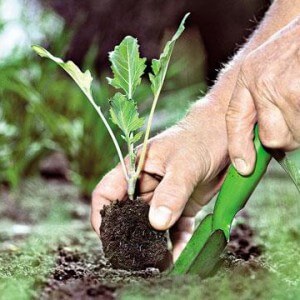
Kohlrabi are grown both by seedlings and by sowing. For early harvest (in May), the seeds are planted in boxes at the end of February. To harvest vegetables in the summer, seeds are placed in peat cups in mid-April.
To get the autumn harvest, the crop is planted in a greenhouse in early July. After the emergence of shoots capacity transferred to a cool place (10-15 degrees). In the open ground, seedlings dive in the 5-6 phase of this leaflet (pre-hardened). Duration of seed growth (from sowing to picking) is 35-45 days.
Remember, before planting a cruciferous culture, it is important to carefully prepare the soil. To do this, they dig up the soil (without turning the reservoir), and then nitrogen fertilizers are applied (manure compost can be used).
The best predecessors for kohlrabi are tomatoes, onions, potatoes, pumpkin, legumes and cereals (winter) crops. After planting the plants (at a distance of 20 cm from each other), the soil is tamped and watered abundantly with water.
Late varieties of kohlrabi (in mid-May) are sown in open ground. At the same time, each grain is placed in a separate hole with a depth of 2 cm. After the appearance of the 2 sheet, the seedlings are thinned.
Caring for cabbage comes down to regular watering, loosening the soil and weeding. In addition, twice during the growing season, the plant is fed with fertilizers: 2 weeks after planting – with fermented organic matter, and 20 days later with a solution of superphosphate with potassium.
The harvest period is determined by the stalk: if there is a scratch on the “turnip” after the nail is done, the stalk has ripened.
Application in folk medicine
For the preparation of medicinal potions using juice and tops of fresh stebleplod. Remember, infusions, decoctions, cocktails of cabbage turnips can not replace a full-fledged drug therapy, they are used as an aid in the fight against the disease.
Compositions based on kohlrabi are effective in the treatment of tuberculosis, bronchial asthma, vitamin deficiency, influenza, neurosis, non-healing wet wounds, anemia, gingivitis, stomatitis, hypoacid gastritis.
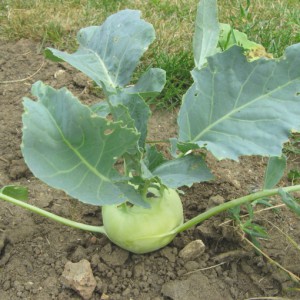
- Means for reducing cough syndrome (with bronchitis, asthma, tuberculosis). Kohlrabi tops are used as active ingredient. For the preparation of the drug will need 400 ml of water and 60 g of fresh cabbage leaves. These components are boiled for 20 minutes over medium heat, after which the mixture is cooled and filtered. For exacerbations of the disease, the composition takes 5 once a day for 150 ml.
- Anti-inflammatory drink with honey. The main ingredient in the healing mixture is freshly squeezed kohlrabi juice. To create a drink, it is better to choose medium-sized stalks. After that, the stumps are crushed on a grater, transferred to a gauze cut and squeezed out. Liquid honey (10 ml) is added before use.
Drink take three times a day for 70-100 ml (in the form of heat). With good portability, a single portion is increased to 200 ml (gradually). The course of treatment is 30-60 days. After 4-6 months, cabbage therapy is repeated (if needed).
Fresh kohlrabi juice is used for colds, hypoacid gastritis (reduced secretion of gastric juice), hepatitis, cholecystitis, anemia, insomnia, menopausal neurosis.
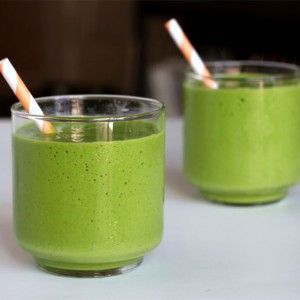
- Nutrient mixture to strengthen the heart muscle. Ingredients: Kohlrabi strawberry (220 g), cucumbers (120 g), cilantro (10 g). Squeeze the juice from vegetables, combine with chopped greens. Take 100 ml three times a day. Duration of admission – 1 month.
- Vitamin cocktail for immunity. To create a potion you will need 150 ml of kohlrabi juice, 100 ml of carrot juice, 50 ml of beetroot juice, 50 ml of pickled cabbage (white cabbage) brine. Combine these ingredients and mix thoroughly. A vitamin cocktail is taken twice a day, 50 ml each. In the cold season, the frequency of admission is increased up to 4 times a day.
- Cabbage juice fresh from insomnia. Take 100 ml for 50 minutes before bedtime (daily).
People suffering from nervous disorders, it is recommended to include in the diet as much as possible cabbage dishes. These products contain vitamins C and B, which normalize a person’s psycho-emotional background.
Remember, cabbage juice is used only in the form of heat (in order to avoid the appearance of flatulence, belching, heartburn and pain).
Kohlrabi pulp contains caustic isothiocyanate (allyl mustard oil), which irritates the mucous membranes of the stomach. To remove the “poisonous” ether, cabbage juice is heated on the 2-3 water bath for minutes (with constant stirring).
Used in cosmetics

Homemade beauty recipes
- Anti-aging mask for oily skin. Peel a small head of kohlrabi from the peel, and then grind it on a fine grater. Combine the cabbage mixture with 10 ml of honey and 10 g of fresh yeast, leave for 15 minutes. After that, pour 15 ml of freshly squeezed orange or apple juice into the composition. Apply the mask to the cleaned dermis for 20 minutes.
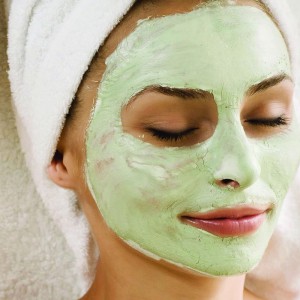
- Whitening mask for all skin types. Mix grated cucumbers and kohlrabi in equal proportions. Put the vegetable mixture on the gauze cut. Apply the composition to the face on 15 minutes.
For oily skin, you can add 1 egg yolk, lemon juice (2 ml) and juniper essential oil (1 drop) to the mask. Owners of dry derma cabbage should be used in boiled form.
The mask has a moisturizing, whitening, toning and anti-inflammatory effect on the skin. The frequency of use is once a week.
- Cleansing mask for problem skin. Ingredients: 50 g of kohlrabi (grated), 20 g of oatmeal, 10 ml of sauerkraut juice, 5 ml of sour cream, 1 drop of jojoba oil. The principle of preparation: pour Hercules 20 ml of boiling water, let stand 5-7 minutes. Add the rest of the ingredients to the steamed porridge. To apply the received structure on the cleared face for 20 minutes (do not rub). Use 2 times a week.

- A soothing mask for normal and combination skin. Skip kohlrabi (200 g) and carrot stalk (100 g) through a meat grinder. Squeeze juice from vegetables. Mix the cabbage and carrot nectar with 7 ml of honey, 5 ml of homemade sour cream, 1 ml of olive oil. Apply the composition on the face with a thin layer. After 10 minutes, wash with warm water and lemon juice.
The tool is used to eliminate excessive dryness of the skin, lightening the tone of the face, reducing the number of acne eruptions.
- Nourishing mask for very dry flaky skin. Boil the tops of kohlrabi in homemade milk (7 minutes), then mash the leaves. Combine the resulting mass with a chicken egg and 10 ml of vegetable oil (olive, wheat germ, almond or jojoba). Before performing the procedure, it is important to thoroughly clean the skin (to avoid blockage of the sebaceous ducts). The composition is applied to a moisturized face for 15 minutes. This tool soothes irritated skin, lightens age spots (including bruises after a bruise), eliminates tightness of the upper layers of the dermis.
Cabbage juice is effective in the fight against vitiligo and warts. To reduce the foci of depigmentation, freshly pressed nectar is applied to the affected skin cover once a day (overnight).
Cooking application
In the food industry, both stelplod and cruciferous leaves are used. Kohlrabi cabbage is suitable for almost all types of heat treatment: cooking, roasting, roasting, pickling, fermenting, preserving, steaming or grilling. However, to preserve nutrients, it is better to use the product in its raw form (especially for weight loss).
Stalk “turnip” is used as an independent dish or as part of vegetable slices, first courses, meat side dishes and puddings. It goes well with tomatoes, carrots, dill, celery, onions, shrimp, peas and lentils. Experienced chefs prepare kohlrabi toppings for pies, pancakes and ravioli (in combination with other ingredients).
To enhance the flavor, cabbage can be seasoned with lemon juice, cheese dressing, soy sauce, mayonnaise or olive oil.
Useful Tips
- When choosing cabbage, preference is given to small fruits with green tops. It is better to refuse buying large cobs with dried leaves, since they have a woody taste.

- Before baking or hot kohlrabi boil for 3 minutes in boiling water (to preserve the beautiful color).
- Over-grown cabbage with hard fibrous pulp is best used for cooking first courses or stews. Under the action of high temperatures, the core of such stebleplod softens.
- To save nutrients, kohlrabi are boiled in a small amount of water for 3-5 minutes.
- The shelf life of fresh fruits is 5-7 days. To increase the shelf life, they are transferred to the basement and sprinkled with damp earth. In addition, it is permissible to save the product in the freezer (in a pre-cut form). However, with this storage method, all nutrients are destroyed.
- If the cabbage is bought at the market, place it on the 1,5 hour in cold water (for pesticides) before cutting.
Small black dots on the tops signal oversaturation of cabbage with nitrates.
- Before any kind of cooking, the stalk is thoroughly washed, the leaves are removed, and then the upper shell is cut (cleaned like potatoes).
Recipes
Kohlrabi puree soup
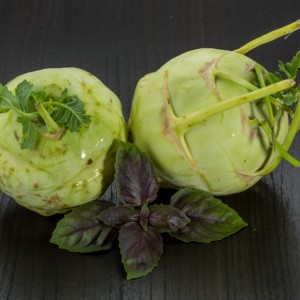
- Kohlrabi flesh – 400 g (2 small head);
- mushrooms – 120 g;
- cream – 100 ml;
- potatoes – 100 g;
- onions (preferably blue) – 50 g;
- butter (80%) – 40 g;
- egg yolk – 1 pcs;
- salt – 7 of
Principle of preparation:
- Boil kohlrabi, potatoes and onions (3 minutes). Broth does not drain.
- Cut boiled vegetables into strips and then pass them (5-7 minutes).
- Transfer the fried mixture to vegetable broth (1000 ml), add spices and salt.
- Boil the vegetarian soup under the lid closed 7-10 minutes.
- Pure “the contents of the pan” with a blender. In the absence of automated technology, you can use a conventional sieve. After grinding the ingredients, the mixture is again brought to a boil.
- Beat yolk with butter and cream.
- Boil the mushrooms, cut into cubes.
- Combine the egg mixture with hot cabbage soup and chopped mushrooms.
Before serving, decorate cabbage soup with a sprig of greens.
Kohlrabi stuffed with meat
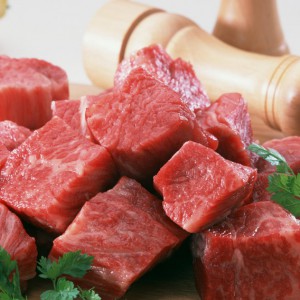
- Kohlrabi – 1200 g (10 pieces);
- meat broth – 900 ml;
- beef – 200 g;
- pork – 200 g;
- onion – 150 g;
- butter – 120 g;
- rice – 70 g;
- tomato sauce – 50 g;
- flour – 20 g;
- seasonings, herbs (fresh), salt – to taste.
Preparation Scheme:
- Peel the cabbage, notch the top, remove the core.
- Skip the pork, beef and onions through a meat grinder.
- Combine minced meat with rice (steamed or blanched boiling water), chopped parsley, salt and spices.
- Start the kohlrabi meat mixture, and then lightly fry them.
- Prepare the sauce. To do this, mix the butter, tomato paste, flour and broth. After that, the composition is boiled for 5 minutes.
- Put stuffed cabbage in a container (preferably deep), pour cooked sauce.
- Bake kohlrabi in the oven 20-30 minutes.
Serve the dish with sour cream and mustard sauce.
Spicy Marinated Kohlrabi
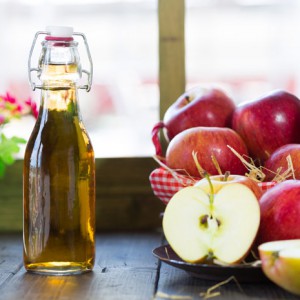
- kohlrabi – 900 g;
- water – 300 ml;
- apple cider vinegar – 200 ml;
- sugar – 45 g;
- garlic – 40 g (head);
- salt – 15 g;
- allspice (peas) – 15 g;
- ginger (fresh) – 10 g (2 cm);
- Red pepper (hot), fresh herbs (dill, basil, lovage, tarragon) – to taste.
Method of preparation:
- Peel young kohlrabi, cut into thin slices.
- Fill the crushed heads with salt, leave for 1,5 hours.
- Rinse the “turnips” under running water and then dry with a towel.
- Prepare marinade: combine water with vinegar, sugar, ginger (chopped), salt, peppers and garlic (passed through a press). Boil the composition of 3 minutes on low heat.
- Pour kohlrabi with cooked marinade, add greens (to taste).
- Cover the pickle with a lid.
The pickling time for pickles is 3-4 of the day. Store snack at a temperature from 0 to + 5 degrees no more than 3 weeks.
Vitamin Salad with Kohlrabi
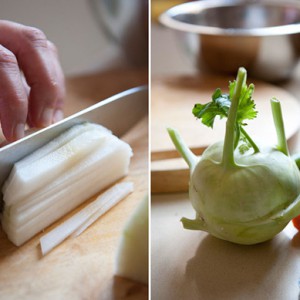
- Kohlrabi pulp – 300 g;
- radish – 150 g;
- sour cream (20%) – 150 g;
- fresh cucumber – 100 g;
- white cabbage – 100 g;
- greens (celery, cilantro, dill, basil) – 30 g;
- mustard (granular) – 10 g;
- salt, pepper, mustard – to taste.
Principle of preparation:
- Clean kohlrabi from the outer shell, grate on a coarse grater (mash).
- Cut cucumbers and radishes into half rings, chop cabbage into strips.
- Combine chopped vegetables with herbs.
- Prepare the sauce: mix sour cream, pepper, salt, mustard.
- Season the vegetable mixture with sour cream sauce.
Salad goes well with meat side dish.
Conclusion
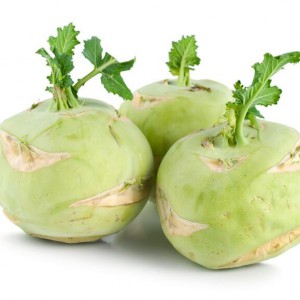
With regular intake of vegetables (at least 2 times a week), metabolism is accelerated, heart function normalizes, nervous excitability decreases, intestinal motility improves, and natural antibacterial immunity increases. To enhance the therapeutic effect, juice is prepared from kohlrabi pulp, which is used to treat tuberculosis, bronchial asthma, hypoacid gastritis, parasitosis, hypercholesterolemia, vitamin deficiency, reduced immunity, anemia, and insomnia.
To minimize the likelihood of side effects on the product from the body (flatulence, heartburn, pain), cabbage juice should be taken only in a warm form. Heat treatment destroys harmful ether.
Kohlrabi juice is used in cosmetology masks and peels (to improve the structure of the skin). In addition to the nutritional and pharmacological properties of cabbage has an exquisite pale-nutty flavor (with subtle notes of celery). In view of this, the stem “turnip” is used in cooking (raw and cooked). Kohlrabi flesh goes well with meat, herbs, vegetables, seafood and legumes.
